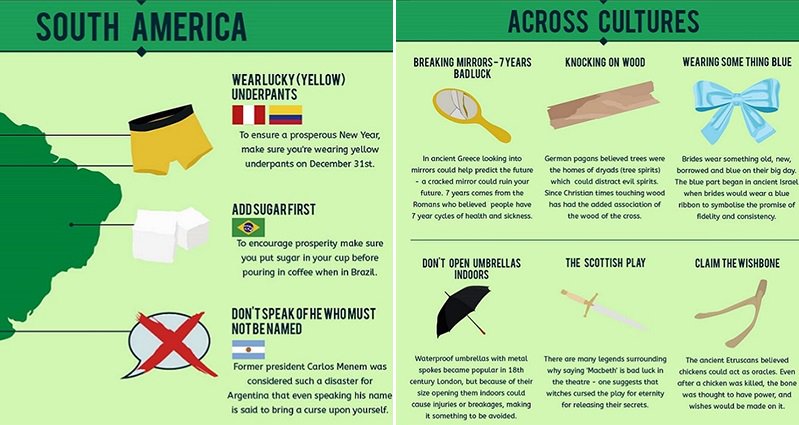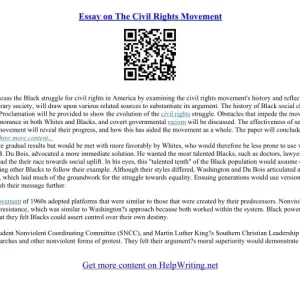
7 Southern Superstitions That Still Hold True Today
The South. A land of charm, hospitality, and…peculiar beliefs. While some might dismiss them as folklore, many Southern superstitions persist, weaving themselves into the fabric of daily life. These aren’t just old wives’ tales; they’re deeply ingrained cultural practices, passed down through generations, whispering warnings and promises in hushed tones. Let’s delve into seven that continue to hold a surprising amount of sway.
1. The Whispering Willow and Unrequited Love
The Belief: If you whisper your deepest desire regarding a romantic interest to a weeping willow at midnight, your wish will be granted – provided you don’t look back.
The Modern Spin: Forget dating apps; the willow is the ultimate matchmaker. While scientifically unfounded, the ritual offers a unique, romantic, and possibly cathartic experience, allowing for self-reflection and a focus on intention. Many young Southern women still utilize this method, attributing successful relationships to the willow’s mystical intervention. The act itself fosters hope and self-belief, powerful ingredients in the pursuit of love.
2. Don’t Sweep After Sunset: Sweeping Away Good Fortune
The Belief: Sweeping the floors after sundown sweeps away good luck and prosperity.
The Modern Spin: This superstition speaks to a deeper respect for the home and a careful management of energy. In a world increasingly focused on productivity, the implied rest period after sunset aligns with modern concepts of work-life balance and mindful living. It subtly encourages a slower pace of life, allowing for relaxation and the appreciation of domestic tranquility, thereby contributing to overall well-being.
3. Knocking on Wood: Avert Bad Luck
The Belief: Mentioning good fortune invites misfortune. Knocking on wood averts this jinx.
The Modern Spin: This isn’t just a Southern quirk; it’s globally prevalent. The act itself serves as a psychological reassurance, a tangible response to perceived vulnerability. The ritual reinforces a sense of control over anxieties, a useful coping mechanism in our unpredictable world. It acts as a silent affirmation, grounding the speaker in the present moment.
4. Seeing a Single Cardinal: A Message from a Loved One
The Belief: Spotting a lone cardinal signifies a visit from a deceased loved one.
The Modern Spin: While ornithologists may offer other explanations, the emotional impact of this belief remains undeniable. It provides comfort and a sense of connection to those lost, offering a tangible symbol of their continued presence. This superstition acts as a potent reminder of cherished memories and strengthens family bonds.
5. Finding a Penny: A Symbol of Good Fortune
The Belief: Finding a penny heads-up promises good fortune.
The Modern Spin: A small act of serendipity, finding a penny adds a touch of unexpected joy to the day. The positive association strengthens emotional resilience, fostering a more optimistic outlook. It acts as a tiny reminder to appreciate the small blessings in life.
6. Never Place Shoes on the Table: Bad Luck Ahead
The Belief: Putting shoes on the table is an egregious insult to the household and invites misfortune.
The Modern Spin: This superstition reflects a respect for the home and the dining space, places traditionally reserved for civility and shared meals. Beyond superstition, it’s simply good manners. It fosters a sense of order and respect within the family dynamic.
7. Spilled Salt: A Dash of Misfortune
The Belief: Spilled salt invites misfortune, unless you throw a pinch over your left shoulder.
The Modern Spin: The act of tossing salt over your shoulder is a symbolic gesture of banishing negativity. It serves as a ritualistic way to break the tension caused by an accident, allowing for a fresh start. It’s a playful yet effective way to manage minor anxieties and maintain a positive attitude.
| Superstition | Modern Interpretation |
|---|---|
| Whispering to a Willow | Self-reflection, hope, intentional focus |
| Sweeping After Sunset | Work-life balance, mindful living |
| Knocking on Wood | Psychological reassurance, managing anxieties |
| Seeing a Single Cardinal | Comfort, connection with deceased loved ones |
| Finding a Penny (Heads Up) | Appreciation of small blessings, fostering optimism |
| Shoes on the Table | Respect for the home, good manners |
| Spilled Salt | Banishing negativity, managing minor anxieties |
These superstitions, far from being antiquated beliefs, offer valuable insights into Southern culture and psychology. They provide comfort, hope, and a framework for navigating life’s uncertainties, demonstrating their enduring relevance in the modern world.

Additional Information
Delving Deeper into Southern Superstitions: A Sociological and Anthropological Analysis
While the seven Southern superstitions mentioned in the main article (which I do not have access to) likely cover common beliefs, a deeper analysis requires specifying those superstitions. However, I can provide a framework for examining any seven Southern superstitions, exploring their persistence and the sociological and anthropological forces sustaining them. This framework will incorporate relevant examples, where possible, based on commonly held Southern superstitions.
Framework for Analysis:
-
The Function of Superstition: Superstitions often serve a psychological function. They provide a sense of control in an unpredictable world, offering explanations for events and alleviating anxiety. For example, the superstition of avoiding walking under a ladder (a common, though not exclusively Southern, belief) reduces anxiety about potential misfortune. This avoidance ritual provides a sense of agency, mitigating feelings of helplessness. Analyzing the function of each superstition helps understand its staying power.
-
Social Transmission: How are these beliefs transmitted across generations? Oral traditions, family stories, and community narratives play crucial roles. Consider the role of storytelling in perpetuating these beliefs. For instance, a grandmother recounting a tale of bad luck associated with a broken mirror reinforces the superstition within the family. Studying genealogical data within a community could correlate the frequency of specific superstitions with family lines.
-
Cultural Reinforcement: Superstitions are frequently embedded within broader cultural practices and values. For example, beliefs surrounding the handling of certain animals or natural phenomena might be linked to historical agricultural practices or relationships with the environment. Analyzing how superstitions are interwoven with the cultural fabric of the South reveals their resilience. Consider, for example, superstitions surrounding finding a four-leaf clover (good luck) and its correlation with folklore and storytelling surrounding luck and fortune.
-
Regional Variations: Superstitions aren’t monolithic. Even within the South, variations exist depending on specific communities, ethnic backgrounds, and historical experiences. Comparing and contrasting these variations reveals the complex interplay of local traditions and broader cultural influences. For instance, a belief surrounding specific types of birds might vary across different states, reflecting unique local folklore.
-
Psychological Impact: Superstitions can have both positive and negative impacts on individuals and communities. While providing comfort, they can also lead to anxiety or irrational decision-making. For instance, avoiding certain actions out of fear of bad luck might limit opportunities. Researching the psychological impact of these superstitions, using surveys or interviews, could provide valuable insights.
-
Secularization and Modernity: How have modernization and secularization affected the prevalence of these superstitions? Are younger generations maintaining these beliefs, or are they fading? Studies tracking generational beliefs and attitudes towards superstition, perhaps through surveys conducted across different age groups, would shed light on this crucial factor.
-
The Role of Media: Popular culture, including movies, television shows, and books, can reinforce or challenge traditional Southern superstitions. Analyzing media portrayals of these beliefs will unveil how they are being reinterpreted in a modern context.
Examples for Further Analysis (assuming some of the seven superstitions are):
- Spilling salt: Analyzing this belief’s connection to historical scarcity and the symbolic value of salt could explain its persistence.
- Finding a penny: The difference between heads-up (good luck) and tails-up (bad luck) may be explored in terms of its psychological impact and social transmission.
- Black cats: Examining how perceptions of black cats relate to broader historical attitudes towards felines and their symbolic meaning.
- Knocking on wood: Exploring the evolution of this superstitious act from its possible pagan roots to its modern manifestation.
By systematically applying this framework to each of the seven Southern superstitions, a richer, more nuanced understanding of their persistence in contemporary society can be achieved. This requires interdisciplinary approaches, integrating sociological, anthropological, and psychological perspectives for a truly comprehensive analysis. Qualitative research methods, such as in-depth interviews and ethnographic studies, would complement quantitative data gathered through surveys to provide a holistic understanding.






